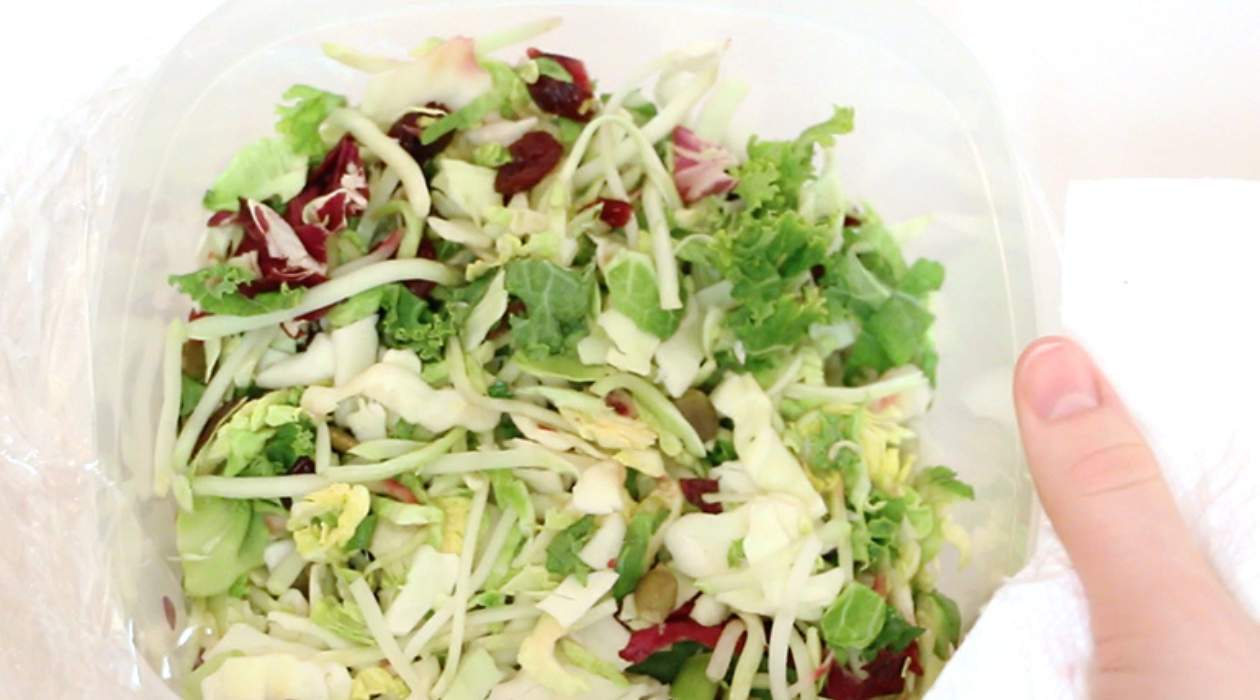

Articles
How To Store Leftover Salad
Modified: February 29, 2024
Looking for tips on how to store leftover salad? Read our informative articles for expert advice on keeping your greens fresh and delicious for longer.
(Many of the links in this article redirect to a specific reviewed product. Your purchase of these products through affiliate links helps to generate commission for Storables.com, at no extra cost. Learn more)
Introduction
Salad is a nutritious and refreshing dish that many people enjoy. Whether you’re making a simple garden salad or a more elaborate medley of vegetables, it’s not uncommon to have leftover salad after a meal. However, knowing how to properly store leftover salad is essential to maintain its freshness and flavor.
Improperly stored salad can quickly wilt, become soggy, and lose its appeal. No one wants to eat a sad and lifeless salad the next day. But fear not! With a few simple tips and tricks, you can extend the lifespan of your leftover salad and preserve its crispness, flavor, and nutritional value.
In this article, we’ll discuss the importance of properly storing leftover salad, provide general tips for storing both dressed and undressed salad, and explore creative ways to use those leftover greens. By the end, you’ll be equipped with the knowledge to enjoy leftover salad without compromising on taste or quality.
Key Takeaways:
- Properly storing leftover salad is crucial for maintaining freshness, food safety, and reducing waste. Follow tips for dressing and undressed salad to enjoy crisp, flavorful greens for longer.
- Get creative with leftover salad by adding it to wraps, pasta dishes, soups, and more. Repurposing salad reduces food waste and adds excitement to mealtime.
Read more: How To Store Leftover Salad With Dressing
Importance of Properly Storing Leftover Salad
Properly storing leftover salad is crucial to prevent it from becoming unappetizing and potentially causing foodborne illnesses. Here are a few reasons why it’s important to handle and store leftover salad with care:
- Freshness: Storing salad properly helps to maintain its freshness. Salad greens are delicate and can quickly wilt or turn soggy if exposed to air or moisture for too long. Proper storage techniques will help retain the crispness and vibrancy of the salad, allowing you to enjoy it at its best.
- Food Safety: Leaving leftover salad out at room temperature for an extended period can promote the growth of harmful bacteria. This can lead to foodborne illnesses such as salmonella or E. coli. By storing leftover salad properly, you can minimize the risk of contamination and keep yourself and your loved ones safe.
- Reducing Food Waste: Storing leftover salad properly allows you to extend its shelf life, giving you more time to consume it before it goes bad. By reducing food waste, you’re not only saving money but also contributing to a more sustainable planet.
Now that you understand the importance of properly storing leftover salad, let’s dive into some general tips that can help you preserve the quality of your greens.
General Tips for Storing Leftover Salad
When it comes to storing leftover salad, there are a few general tips that can help maintain its freshness and texture:
- Remove Dressing: If your salad is dressed, it’s best to remove any excess dressing before storing. Dressings can cause the greens to become soggy and lose their crunch. Instead, store the dressing separately and add it to the salad just before serving.
- Use an Airtight Container: Transfer the leftover salad to an airtight container to protect it from exposure to air. This will help prevent the salad from drying out or becoming wilted.
- Refrigerate Promptly: Place the container of leftover salad in the refrigerator as soon as possible. The cool temperature of the fridge will help slow down the process of wilting and keep the salad fresh for longer.
- Keep Moisture at Bay: To prevent the salad from becoming soggy, place a paper towel or a dry cloth at the bottom of the container. This will absorb any excess moisture and help maintain the crispness of the greens.
- Don’t Overcrowd: Avoid overcrowding the container with too much salad. Overcrowding can cause the greens to wilt and accelerate spoilage. Instead, leave some space for air circulation within the container.
By following these general tips, you can increase the shelf life of your leftover salad and ensure that it remains fresh and delicious for as long as possible. However, if your salad is already dressed, there are some specific considerations to keep in mind when storing it.
Storing Leftover Salad with Dressing
If your leftover salad is already dressed, it requires special attention to prevent the greens from becoming limp and the dressing from making everything soggy. Here are some tips for storing leftover salad with dressing:
- Separate the Dressing: Before storing, remove any excess dressing from the salad. If possible, serve yourself a portion and dress it separately just before eating. This will help preserve the crispness of the salad.
- Use Individual Containers: If you’re packing salad for multiple people or multiple meals, consider storing each portion in individual containers. This way, you can control the amount of dressing added to each serving and prevent the rest of the salad from becoming soggy.
- Add Dressing Just Before Serving: If you’re planning to eat the leftover salad within a few hours, you can leave the dressing on and store it in the refrigerator. However, remember to toss the salad with the dressing just before serving to ensure maximum freshness.
- Consider Dressing on the Side: Alternatively, you can store the leftover salad and dressing separately. This allows you to control the amount of dressing added, ensuring that each serving is perfectly dressed.
- Store Dressing Separately: If you choose to store the dressing separately, use a small airtight container and keep it refrigerated. When you’re ready to eat the salad, simply drizzle the desired amount of dressing over the greens and toss to coat.
By following these tips, you can enjoy leftover salad with dressing without sacrificing its texture and flavor. But what if you have leftover undressed salad? Let’s find out how to store it properly.
Store leftover salad in an airtight container with a paper towel at the bottom to absorb excess moisture. This will help keep the salad fresh for a few days in the refrigerator.
Storing Leftover Salad without Dressing
If your leftover salad is without dressing, you have more flexibility in storing it. Here are some guidelines for storing leftover salad without dressing:
- Keep the Salad Dry: Moisture is the enemy of crisp, fresh salad greens. Make sure the salad is as dry as possible before storing. You can use a salad spinner or pat the greens gently with a paper towel to remove excess moisture.
- Store in an Airtight Container: Transfer the dry salad into an airtight container. This will help maintain its freshness and prevent it from absorbing any unwanted odors from the refrigerator.
- Add Moisture-Absorbing Ingredient: To help prolong the life of the salad, you can place a paper towel or a dry cloth on top of the greens before sealing the container. This will help absorb any excess moisture and keep the salad crisp.
- Refrigerate Promptly: Place the sealed container of salad in the refrigerator as soon as possible. The cool temperature will help preserve the crunch and overall quality of the greens.
- Use Within a Few Days: While undressed salad can last longer than dressed salad, it’s still best to consume it within a few days to ensure freshness. After this time, the texture and flavor may start to deteriorate.
By following these storing tips, your leftover salad will remain fresh and crisp, ready to be enjoyed whenever you’re ready to indulge in a healthy meal. But what if you want to warm up your leftover salad? Let’s discuss reheating techniques.
Read more: How To Store Salad
Reheating Leftover Salad
While it’s common to heat up leftovers, reheating salad can be a bit tricky. The delicate nature of the greens makes them prone to wilting and losing their crunch when exposed to heat. However, there are a few techniques you can try if you want to warm up your leftover salad:
- Sautéed Salad: If you have a hearty salad that includes cooked vegetables or proteins, you can quickly sauté it in a pan with a little bit of oil or butter. This will warm up the ingredients and give them a slightly caramelized flavor, making for a delicious warm salad.
- Grilled Salad: Another option is to grill your leftover salad. Place the ingredients on a heated grill or grill pan for a few minutes until they are lightly charred and warmed through. This will add a smoky flavor and enhance the texture of the vegetables.
- Warm Dressing: If you’re looking to add warmth to your salad, you can consider heating up the dressing separately. Warm the dressing in a small pan or in the microwave, then drizzle it over the cold salad just before serving. This will create a contrast of temperatures and add a comforting element to your meal.
- Microwaving: While not the ideal method, you can try microwaving your leftover salad for a short amount of time. Place the salad in a microwave-safe bowl and heat it in short intervals, stirring in between to distribute the heat evenly. Be cautious not to cook the salad for too long, as it can quickly become mushy.
Keep in mind that reheating salad, especially delicate and leafy greens, will always alter the texture to some extent. It’s best to experiment with these techniques and find the method that suits your preference.
Now that you know how to properly store and even reheat leftover salad, you might still find yourself with a surplus of greens. So, let’s explore some creative ways to use up those leftover salad greens.
Creative Ways to Use Leftover Salad
Leftover salad doesn’t have to go to waste! There are plenty of creative ways to repurpose those greens and turn them into delicious and satisfying meals. Here are some ideas to make the most out of your leftover salad:
- Add it to Wraps or Sandwiches: Use the leftover salad as a filling for wraps or sandwiches. The vibrant and crunchy greens will add freshness and texture to your lunch or dinner.
- Create a Salad Bowl: Use the leftover salad as a base for a hearty salad bowl. Add in some protein like grilled chicken, tofu, or shrimp, along with other toppings like avocado, nuts, or cheese. Drizzle with your favorite dressing, and you have a complete and satisfying meal.
- Toss it in Pasta Dishes: Use the leftover salad as a topping for pasta dishes. Simply heat up some pasta, toss it with a bit of olive oil or your favorite sauce, and then add in the leftover salad for a burst of freshness and color.
- Create a Quiche or Frittata: Make a delicious quiche or frittata by combining the leftover salad with eggs, cheese, and other desired ingredients. This is a great way to transform the salad into a savory and satisfying dish for brunch or dinner.
- Add it to Soups: If you have a soup or broth-based dish, you can add the leftover salad greens into the pot. The greens will wilt slightly and provide a burst of flavors and textures to your soup.
- Create a Stir-Fry: Stir-fry the leftover salad with some garlic, onions, and your choice of protein. The heat will slightly wilt the greens while combining them with other ingredients for a flavorful stir-fry.
- Make a Salad Wrap: Use lettuce leaves or other leafy greens from your leftover salad as a wrap for your favorite fillings. This is a light and refreshing alternative to traditional wraps or tortillas.
- Add it to Grain Bowls: Use the leftover salad as an ingredient in grain bowls. Combine it with cooked grains like quinoa or rice, along with other toppings like roasted vegetables, protein, and dressing. This will create a nutritious and satisfying meal.
These are just some creative ways to repurpose your leftover salad. Don’t be afraid to experiment and come up with your own unique creations based on what you have on hand. With a little creativity, you can transform your leftover salad into delicious and exciting meals!
Now that we’ve explored various ways to repurpose leftover salad, let’s wrap it up.
Conclusion
Properly storing leftover salad is essential to maintain its freshness, flavor, and nutritional value. By following the tips and techniques mentioned in this article, you can ensure that your leftover salad remains crisp and delicious for longer periods.
Remember to remove excess dressing, use airtight containers, refrigerate promptly, and keep moisture at bay when storing leftover salad. If the salad is dressed, it’s best to store the dressing separately and add it just before serving. If the salad is undressed, make sure to keep it dry and add a moisture-absorbing ingredient to the container.
When reheating leftover salad, consider sautéing, grilling, or warming dressings separately to preserve the texture and flavor. It’s important to note that reheating salad may alter its texture to some extent, so experiment with different techniques and find the method that suits your preference.
Instead of letting your leftover salad go to waste, get creative with how you use it. Incorporate it into wraps, sandwiches, pasta dishes, quiches, soups, stir-fries, salad wraps, and grain bowls. The possibilities are endless, and by repurposing your leftover salad, you’ll enjoy exciting and flavorful meals.
By implementing these tips and exploring creative ways to use leftover salad, you’ll not only reduce food waste but also enhance your culinary repertoire. So, the next time you have leftover salad, don’t hesitate to store it properly and let your creativity flow in the kitchen.
Now, go ahead and make the most out of your leftover salad!
Frequently Asked Questions about How To Store Leftover Salad
Was this page helpful?
At Storables.com, we guarantee accurate and reliable information. Our content, validated by Expert Board Contributors, is crafted following stringent Editorial Policies. We're committed to providing you with well-researched, expert-backed insights for all your informational needs.
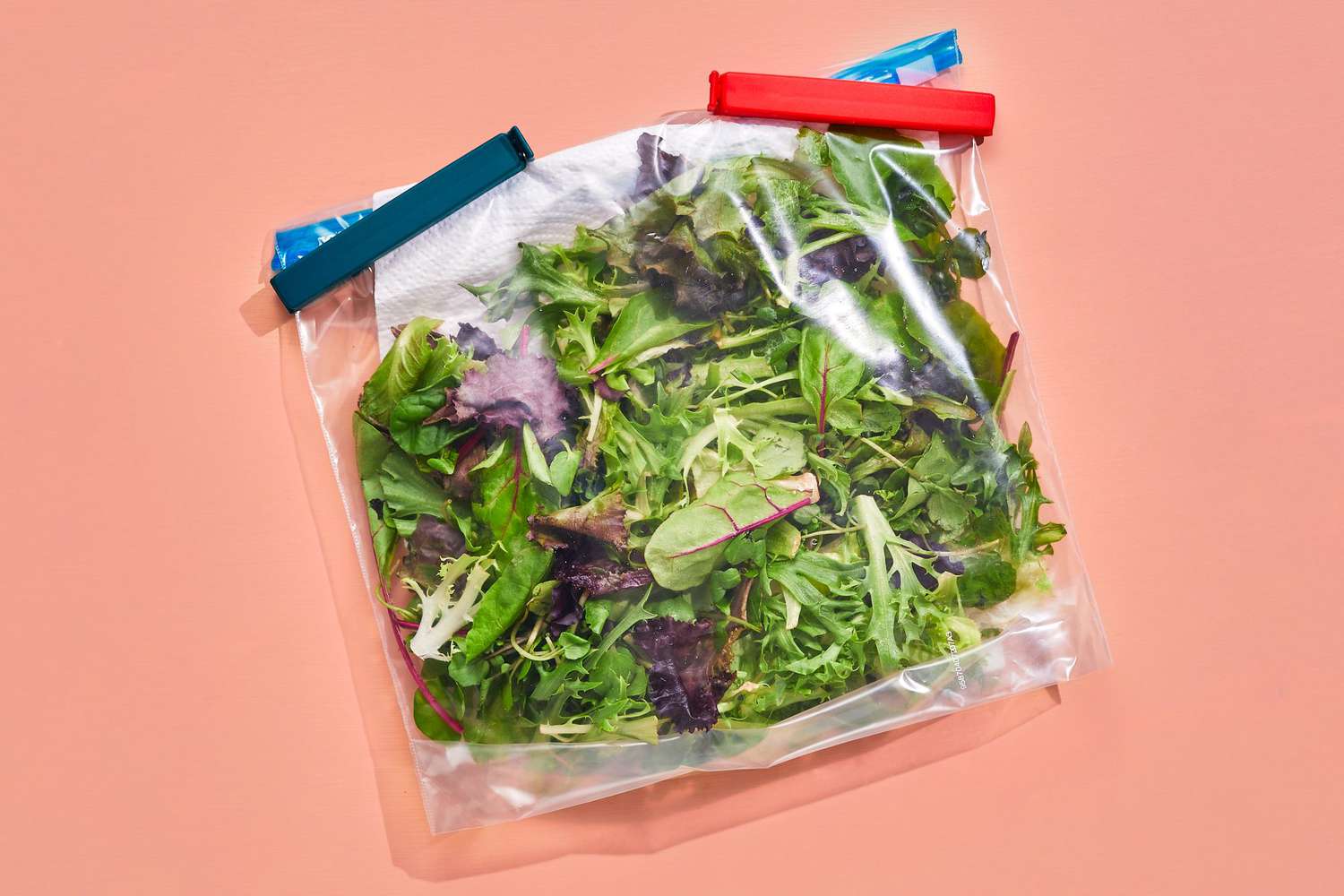
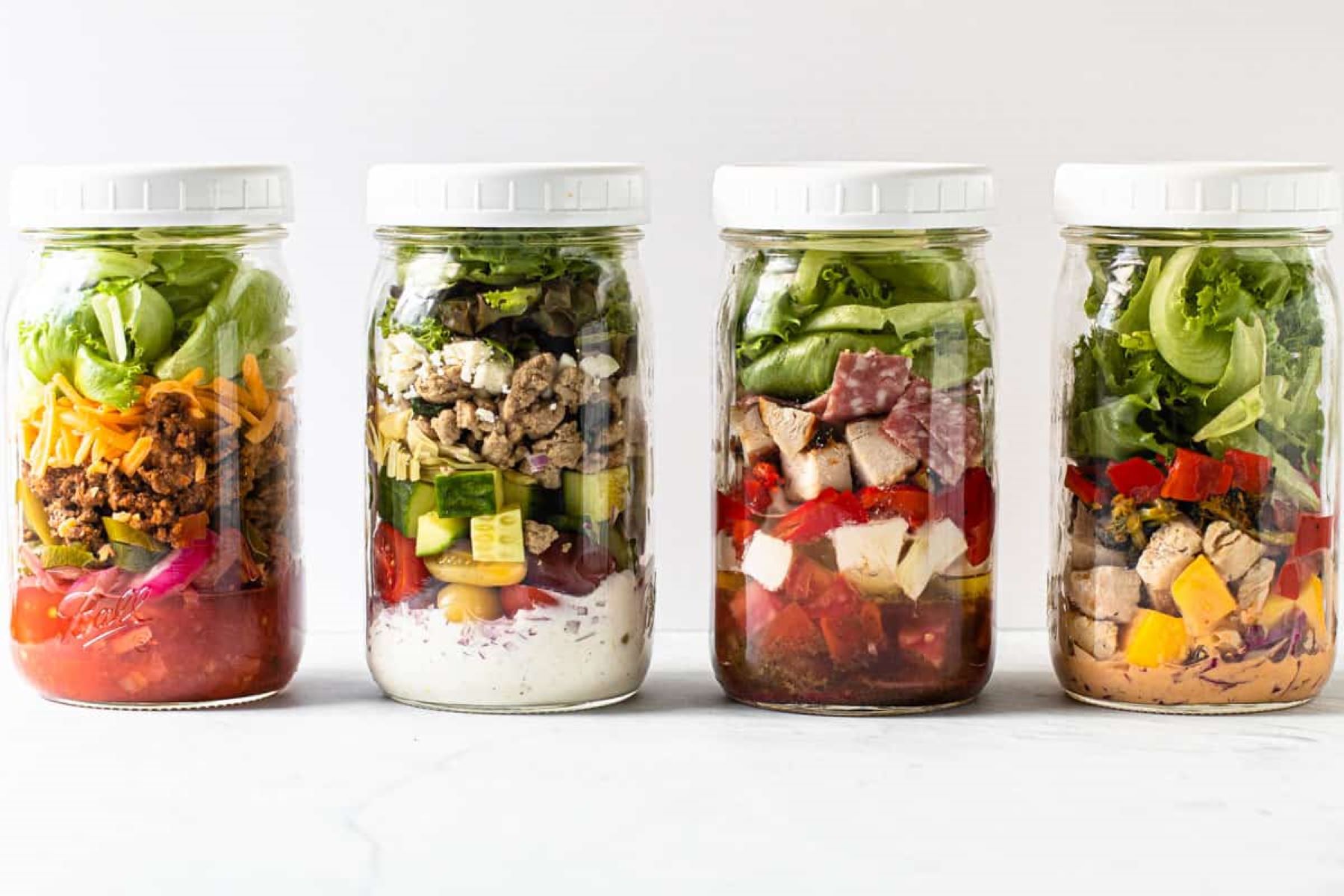
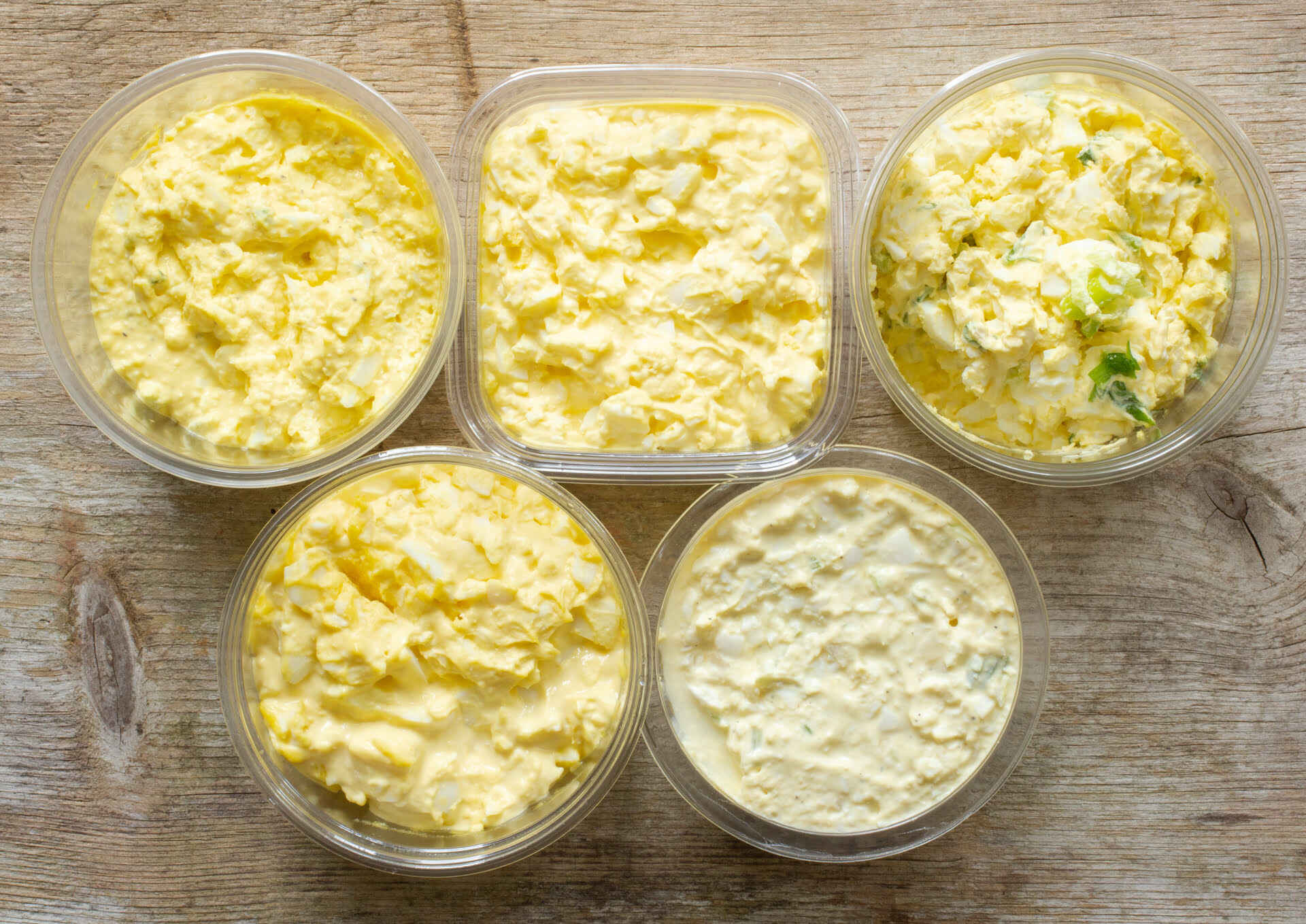
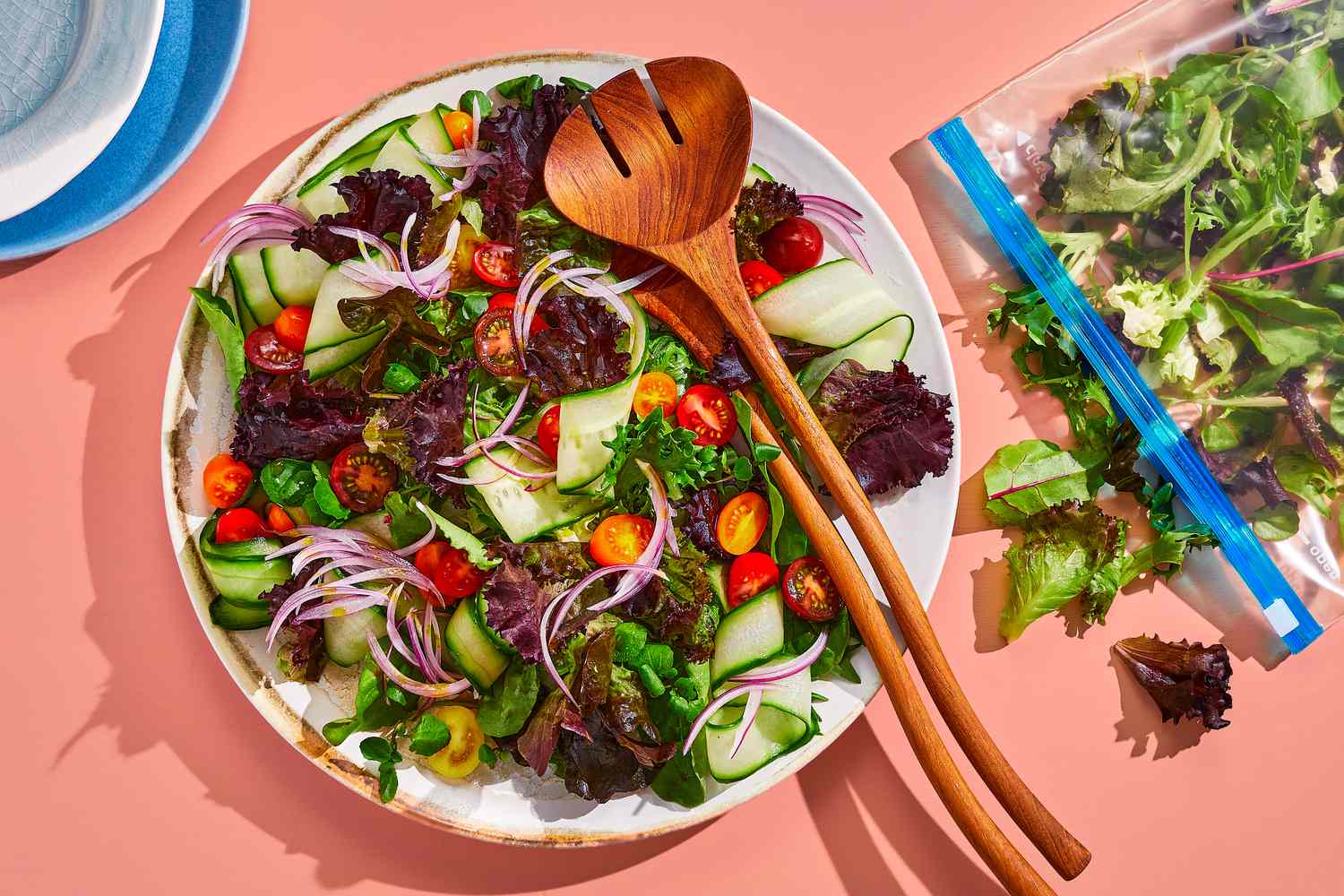

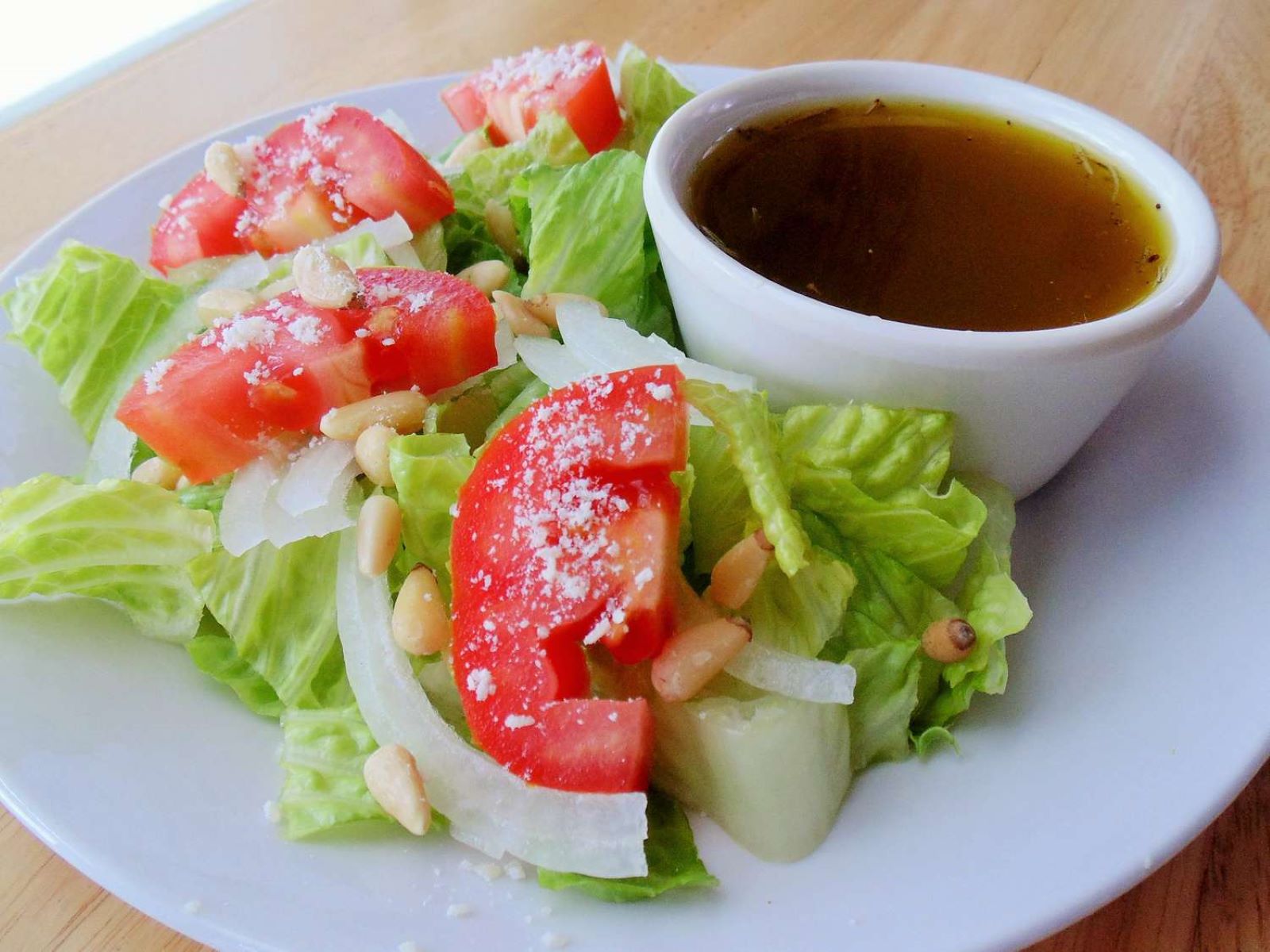

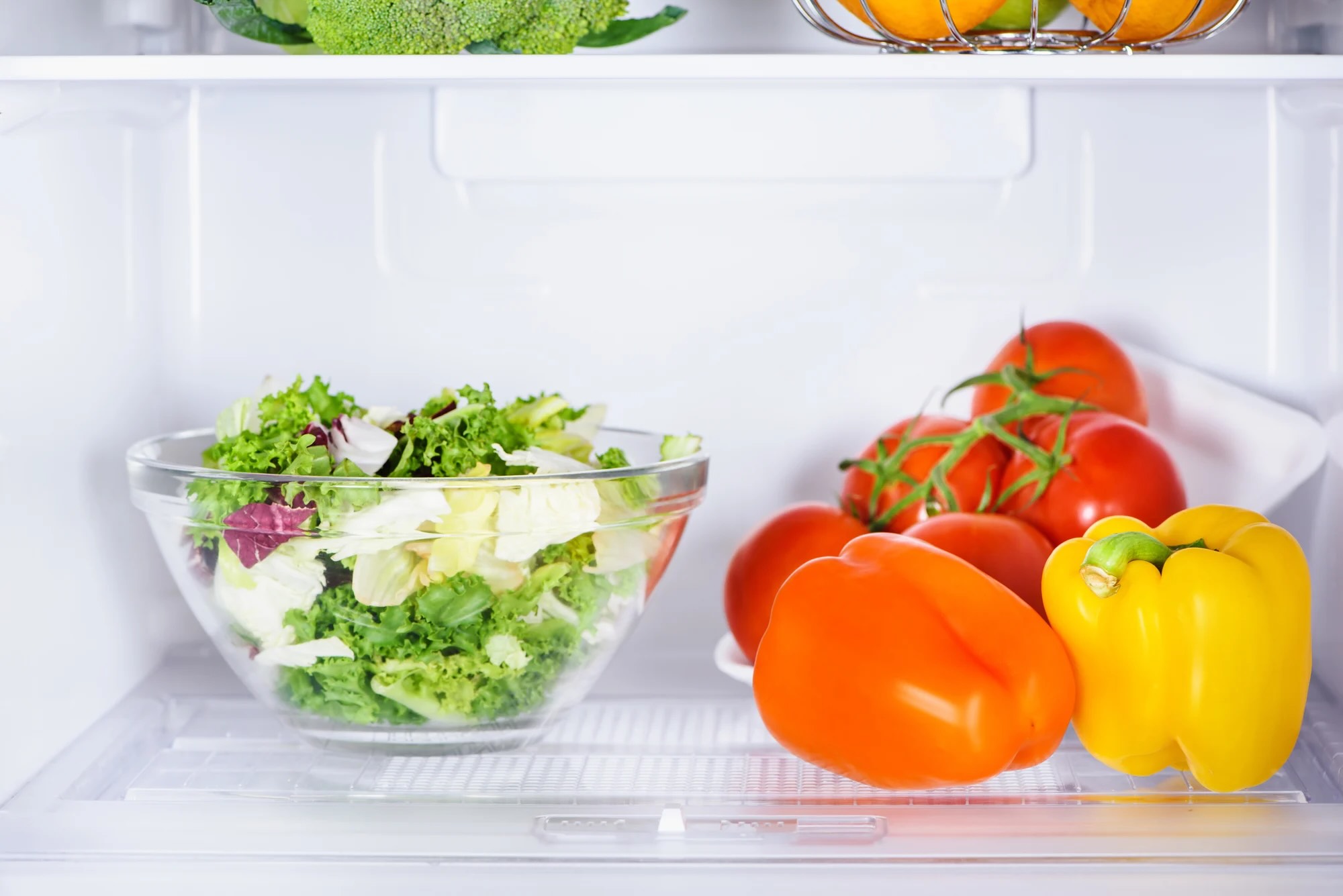

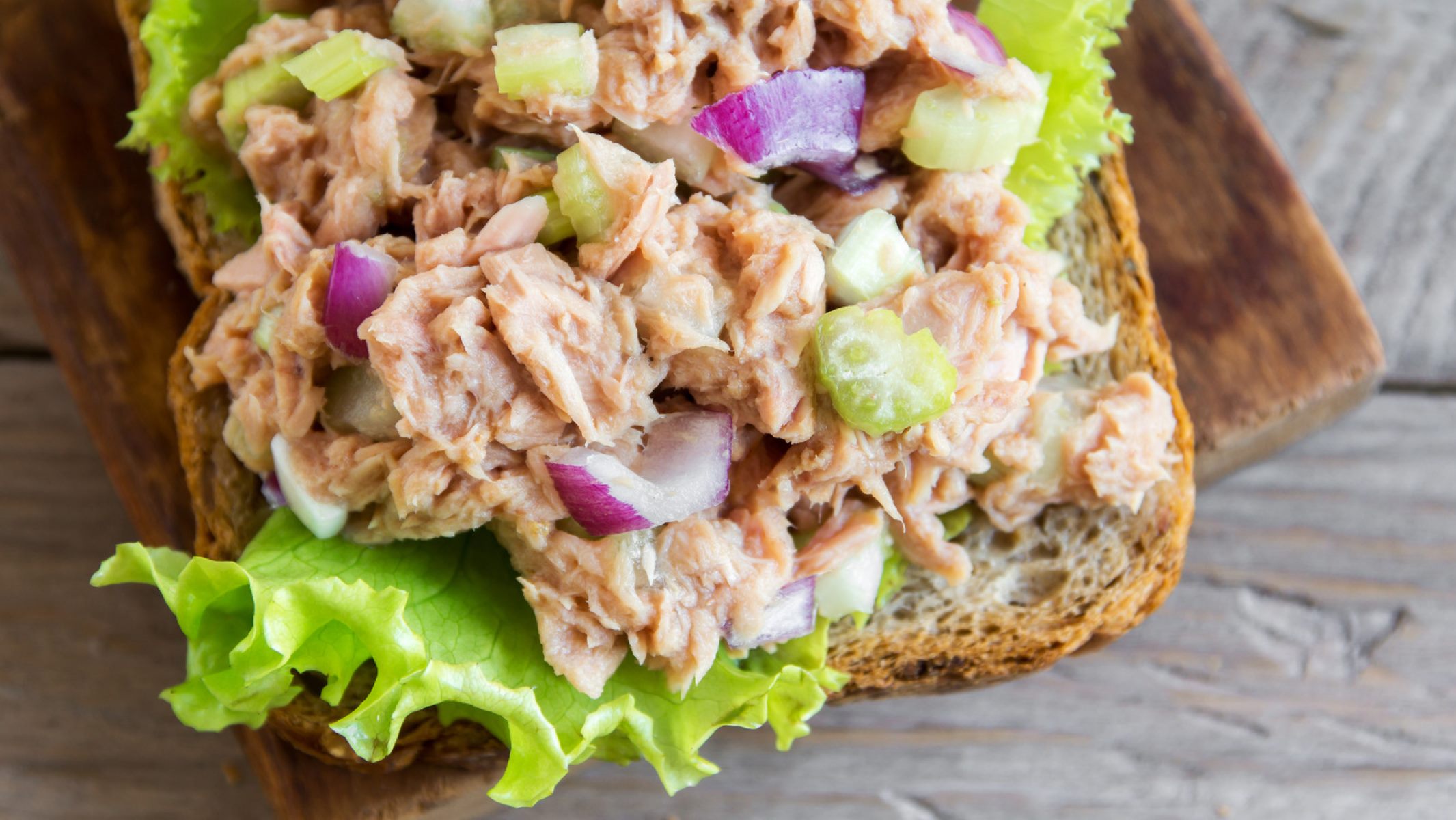
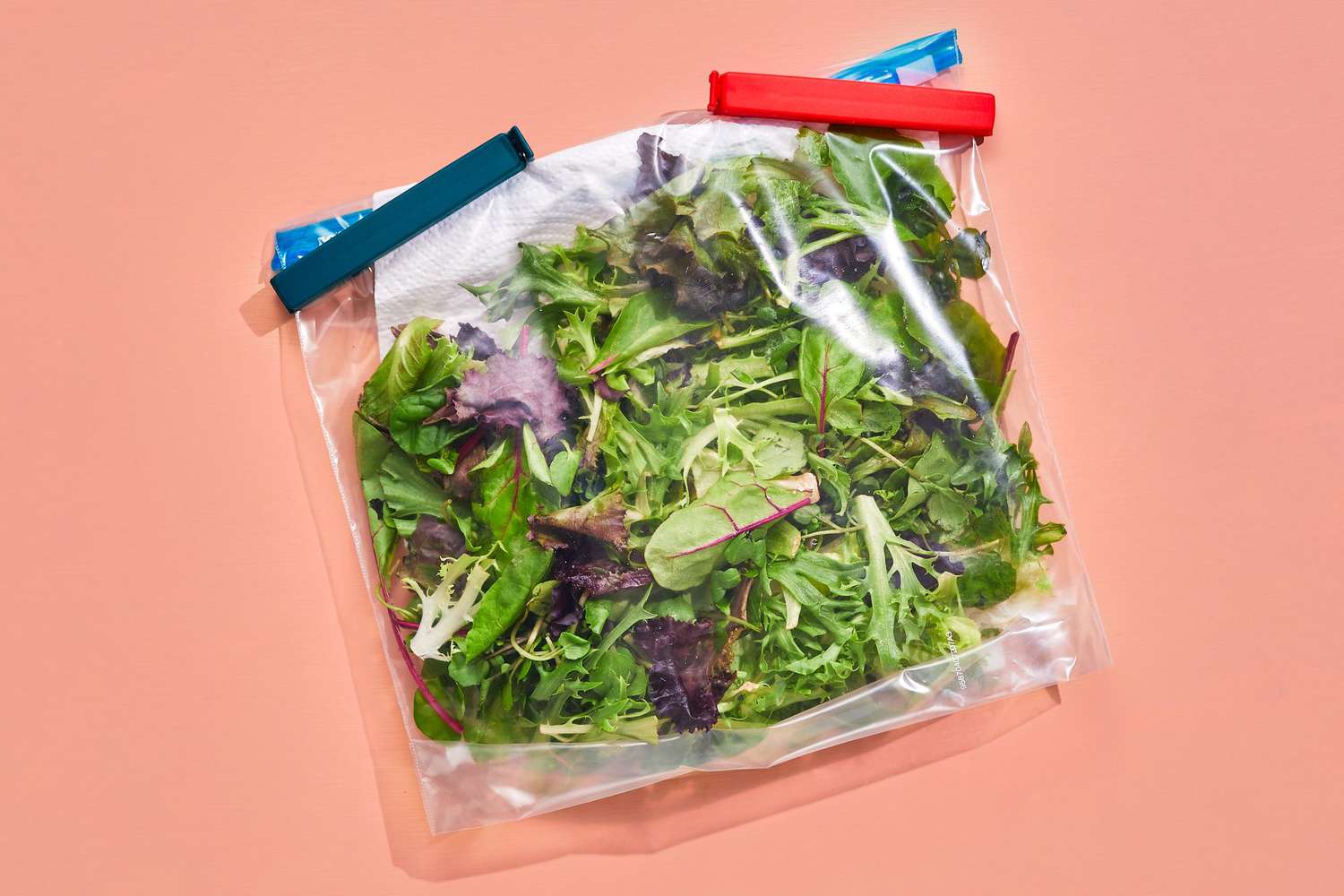


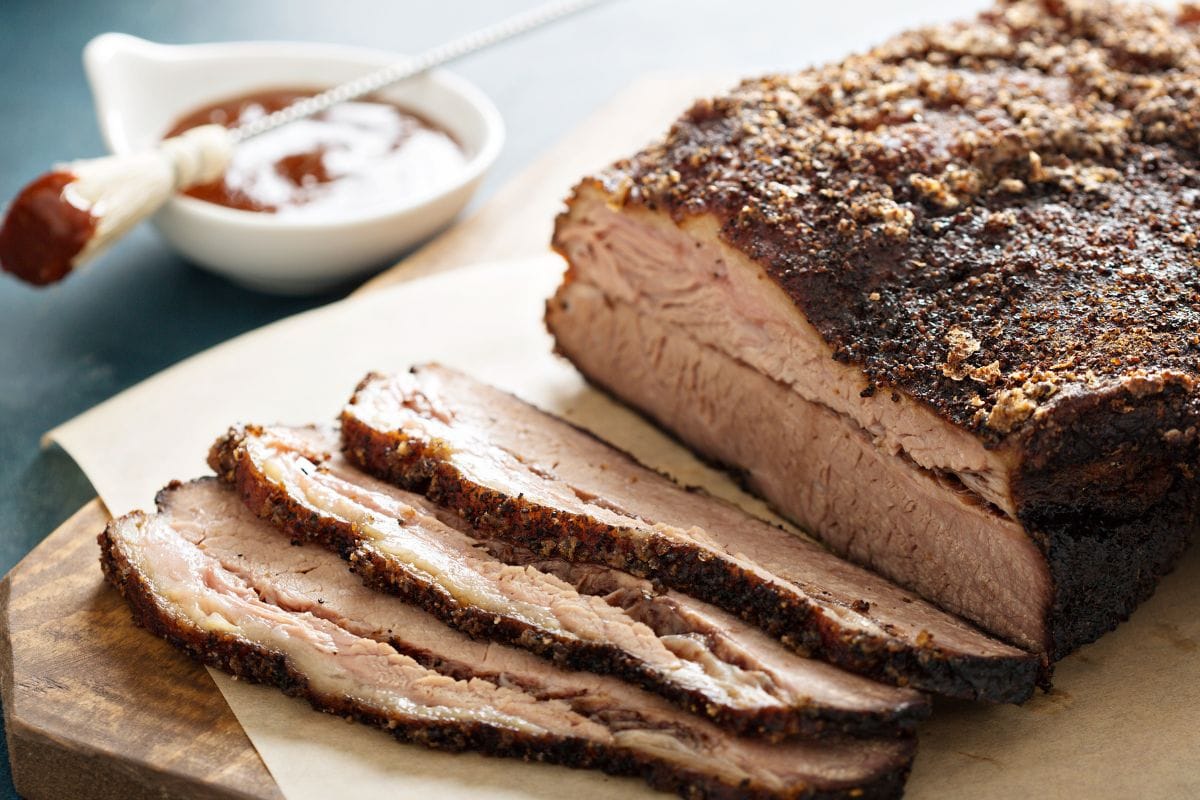

0 thoughts on “How To Store Leftover Salad”